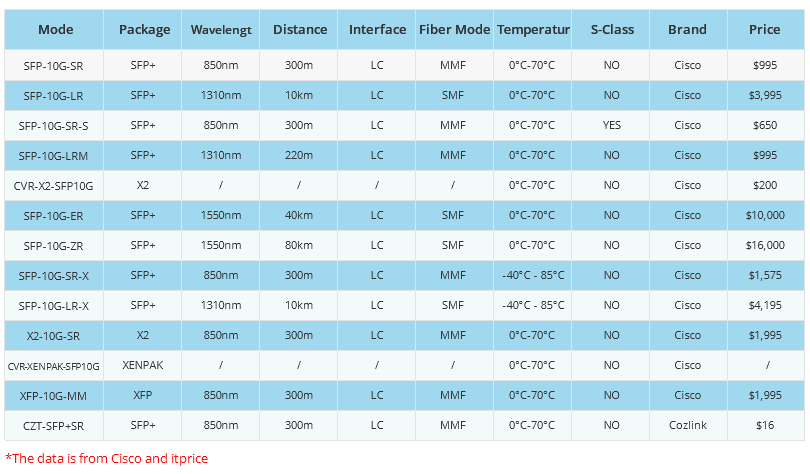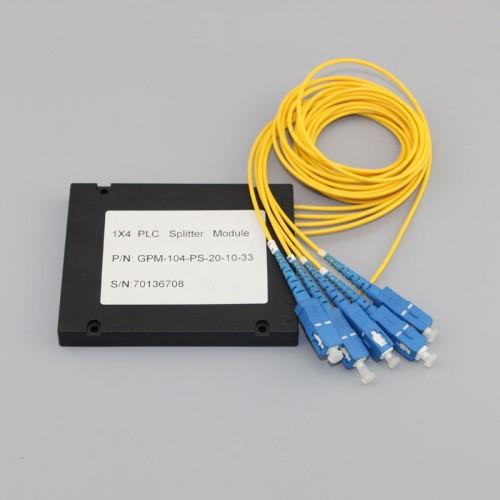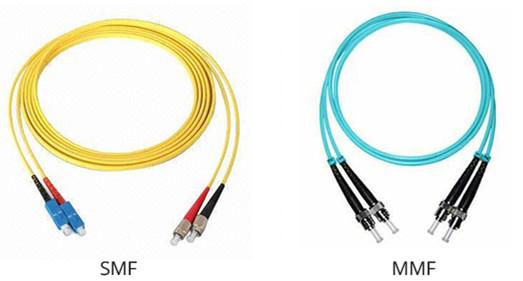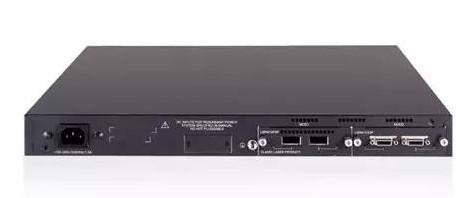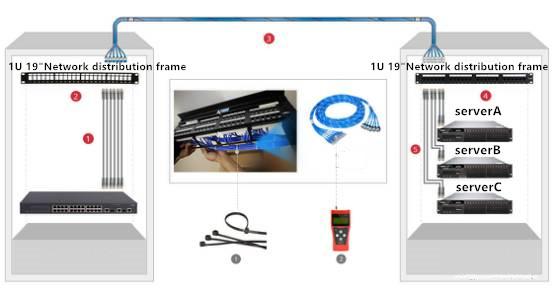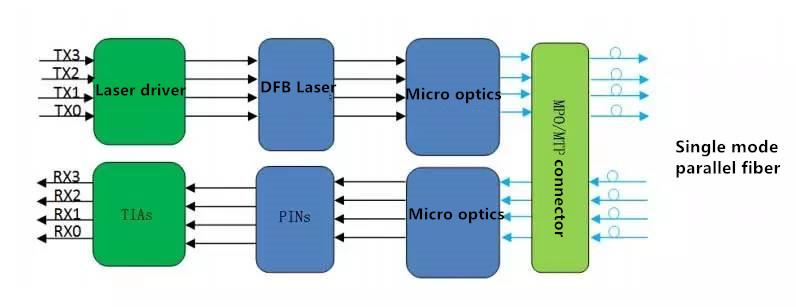- Related articles
- Applicable to 40GBASE-CSR4 Standard Optical Transceiver Models
- Analysis on the performance of common external wireless network card and purchasing skills
- Optical Transceivers for Cisco N2K-C2232TF Switch
- Applicable to 1000BASE-SX Standard Optical Transceiver Models
- Optical Transceivers for Cisco WS-C2960S-F48TS-S Switch
- Optical Transceivers for Cisco WS-C3650-24PS-L Switch
- The compatibility and difference between PCI PCI-X and PCI-E
- All Cisco SFP-OC3-MM's information (List price, Specs, Datasheet PDF, Compatibility matrix
- Apply to 40GBASE-LR4 Standard Optical Transceiver Models
- Optical Transceivers for Cisco IE-2000-8TC-G-E Switch

Introduction:
In this article we will talk about the 100GBASE-KR4 Ethernet standard and what are the difference between 100GBASE-KR4 and 100GBASE-SR10, All this just to give you more understanding about 100GBASE-KR4 technology.
What is the 100GBASE-KR4 technology?
100GBASE-KR4 solution has IEEE specification, there are actually two different 100 Gb backplane definitions – one that uses NRZ encoding, which from an encoding standpoint is actually very similar to what we’re used to in 10G and 40G; and then there’s PAM4 encoding, which is a brand new encoding scheme for backplane Ethernet. Because it’s a different encoding scheme we felt that the silicon.

What are the Difference Between 100GBASE-KR4 and 100GBASE-SR10?
The 100GBASE-KR4 CFP module can support link lengths up to 40 kilometers on standard duplex single-mode fiber (SMF, G.652) terminated with SC/PC optical connectors. 100 Gigabit Ethernet signal is carried over four wavelengths. Multiplexing and demultiplexing of the four wavelengths are managed within the device. The 100GBASE-KR4 CFP module meets the IEEE 802.3ba requirements for 100GBASE-KR4 performance and also supports Digital Optical Monitoring (DOM) of the transmit-and-receive optical signal levels.
The 100GBASE-SR10 CFP module supports link lengths of 100 meters and 150 meters respectively on laser-optimized OM3 and OM4 multifiber cables. It primarily enables high-bandwidth 100-gigabit links over 24-fiber ribbon cables terminated with MPO/MTP-24 connectors. It can also be used in 10 x 10 Gigabit Ethernet mode along with ribbon to duplex fiber breakout cables for connectivity to ten 10GBASE-SR optical interfaces. Maximum channel insertion loss allowed is respectively 1.9 dB over 100m of OM3 cable or 1.5 dB over 150m of OM4 cable.













































